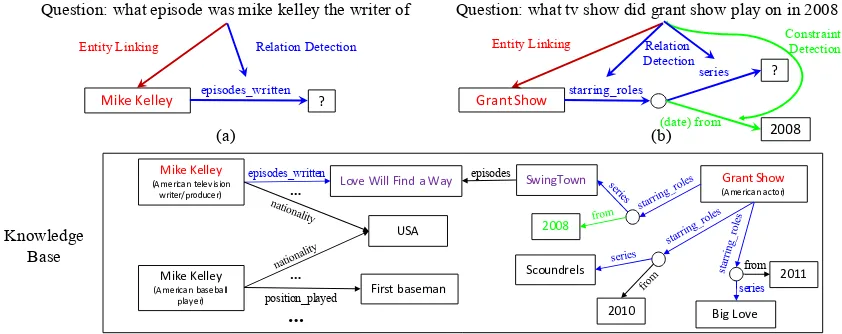Improved Neural Relation Detection for Knowledge Base Question Answering
Full text
Figure




Related documents
Non-technical summary: The purpose of this article is to evaluate the im- portance of social class, migration background and command of national languages for the PISA
STUDY OF DANTASAMPAT LAKSHANE WITH REFERENCE TO PRAKRUTI Chaudhari Rupali 1 , SatheKalpana Dilip 21. M.D.Kriya Sharir, Ph.D Scholar MUHS Nasik, Reader Kriyashrir Department
The aim of this note is to introduce and study the notion of gr-transcendental graded field extension, at least in the case where the grading group is torsion-free abelian;
On the other hand, the magnitude of the cross-flow velocity increases with the increase in either suction pa- rameter or frequency parameter, while it increases near the
Keywords: Pueraria tuberose, date of Transplanting; physiological growth, and
Result: Of the 2246 patients ’ hands tested, the nerve conduction was graded as normal in 968 hands; nerve conduction showed early changes in 271 hands; mild sensory changes in
Permanency outcomes for 52 children who had experienced 4 or more placements prior to study entry ( n = 29 intervention condition; n = 23 regular foster care condition) were
As an alternative approach, parametric sparse representation model containing unknown parameters is constructed which leads to a joint optimization problem to simultaneously solve
